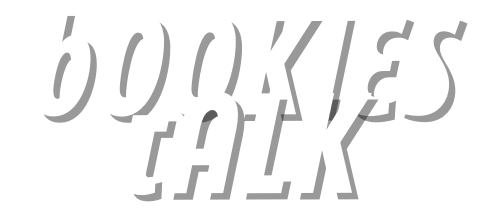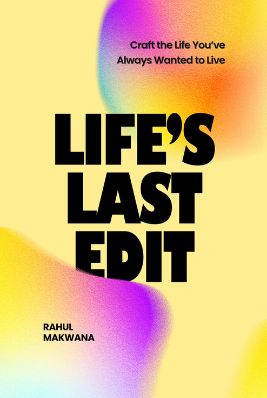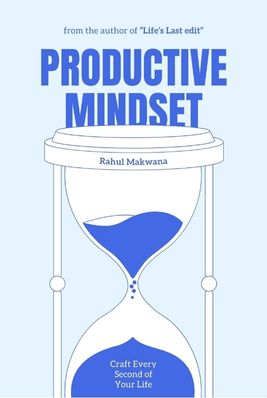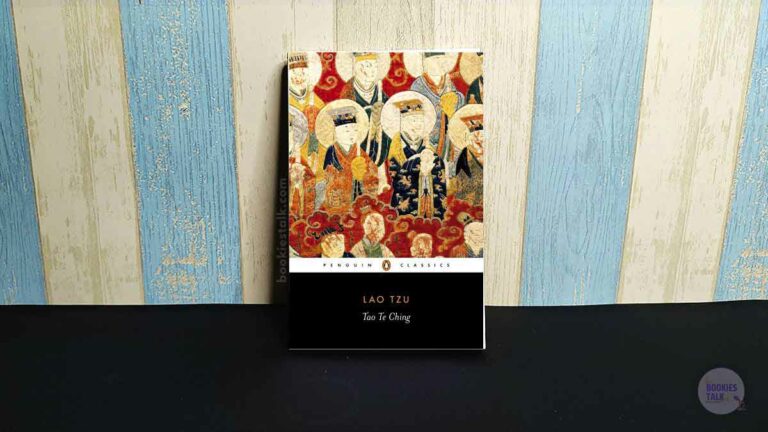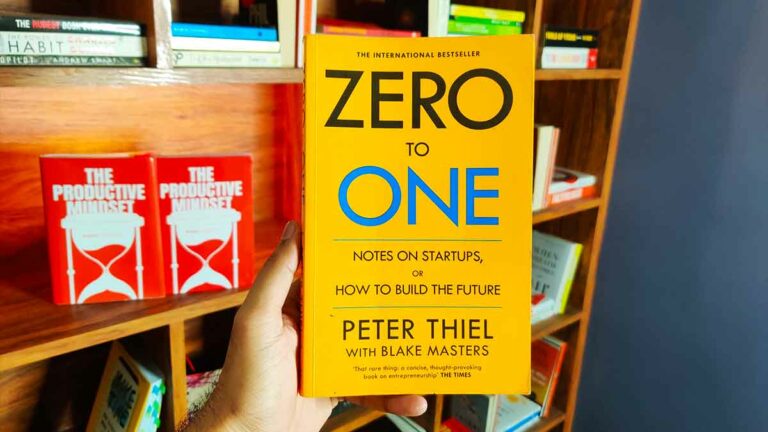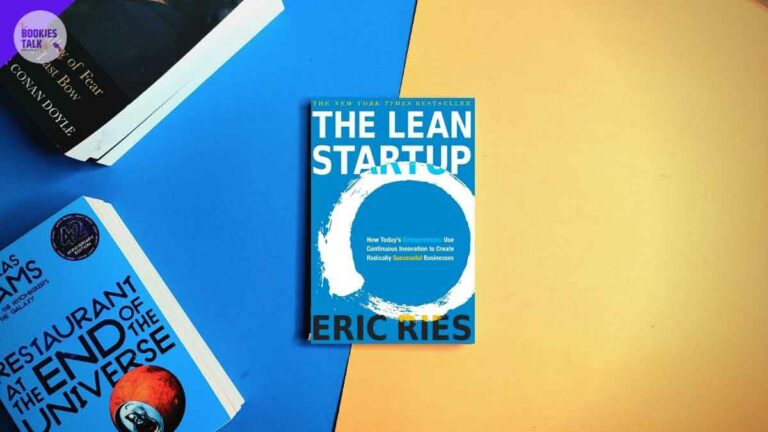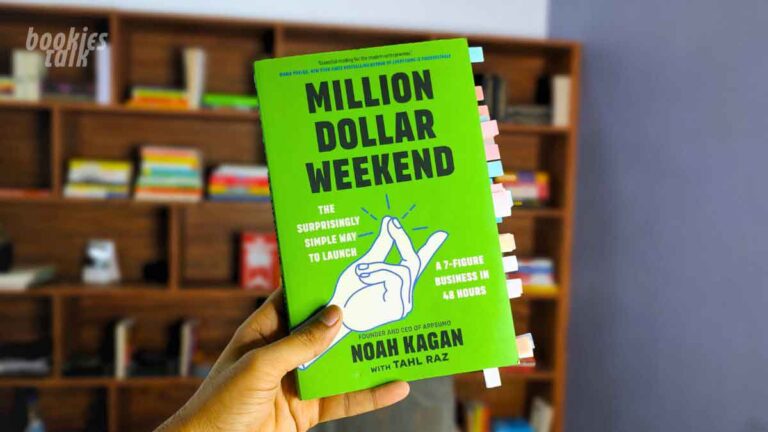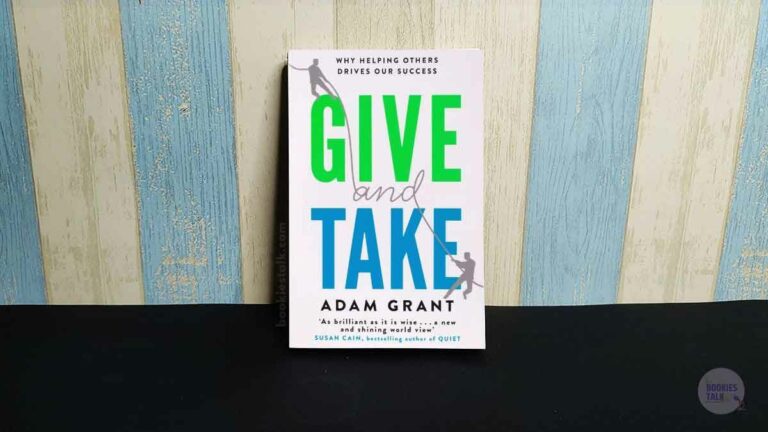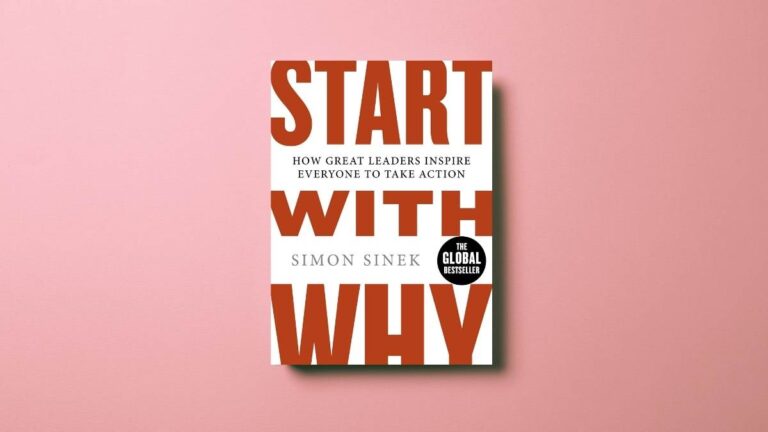Building a Second Brain by Tiago Forte
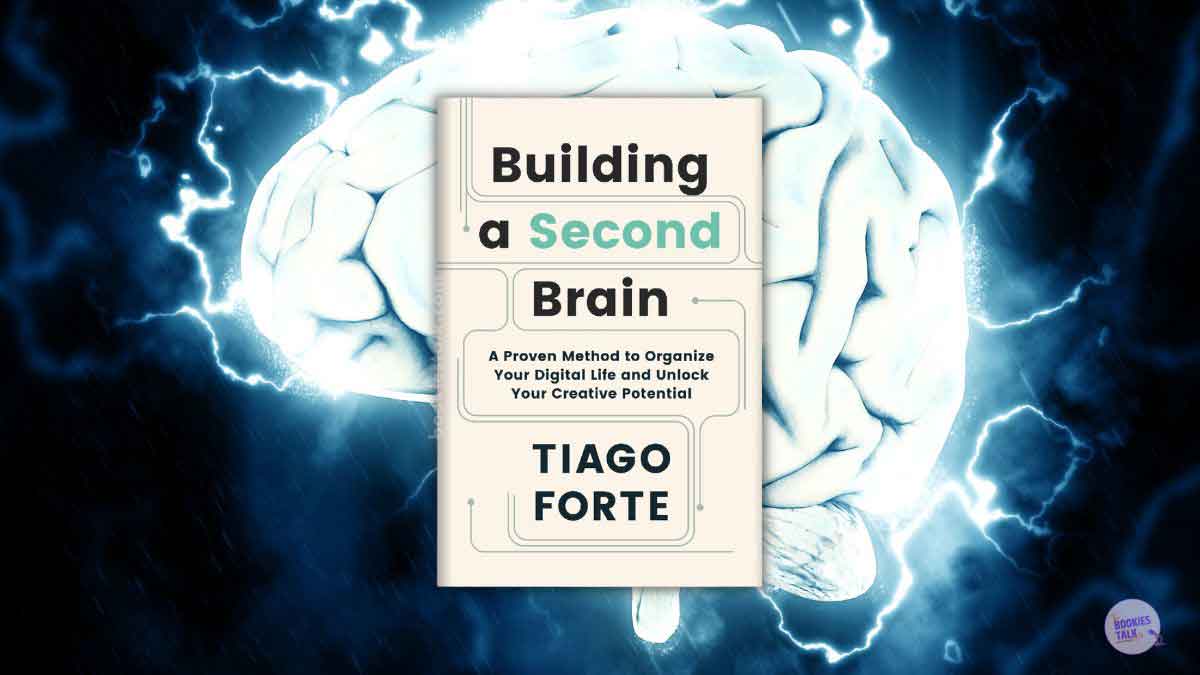
I used to be the kind of person who kept thinking, “I’ll do this or that later,” and then, after some time, I’d forget all about it. I never used any note-taking apps or made to-do lists until I read The 7 Habits of Highly Effective People by Stephen Covey back in 2015.
Tiago Forte’s Building a Second Brain talks about a similar process. It has a lot of the usual management ideas but focuses more on how to organize tasks in a simple way.
Honestly, after finishing the book, I felt like it could’ve been summarized in an article. But hey, business is business. One thing I’ll give credit for, though—the title is super catchy, even if the content didn’t fully meet my expectations.
Enter your email address To join the newsletter. I will be with you every Sunday at 9:00 AM (IST). See you on Sundays.
Book in Five Sentences
- Don’t rely on memory – Capture ideas as soon as they come to you. Use a notes app to store anything important, so you don’t forget valuable insights later.
- Organize your thoughts simply – Instead of over-complicating, create broad categories for your notes (like “Business,” “Books,” etc.) and add specific details when necessary. This makes finding things easier later.
- Use the power of search – Most modern note-taking apps have a powerful search function. You don’t need to worry about organizing everything perfectly because you can easily find anything you need.
- Simplify and refine – After capturing an idea, distill it into a simpler, more useful form. This makes it easier to apply later, saving time and effort.
- Teach and share to solidify knowledge – Sharing what you’ve learned—whether through articles, conversations, or even personal notes—helps reinforce and retain the knowledge you’ve gathered.
What is Second Brain
Think of it as a study notebook, a personal journal, or even a to-do list app where you jot down tasks for the day, notes from your studies or podcasts, business ideas, or just random thoughts.
Writing down a to-do list or ideas really helps. You might not realize the value of a notebook at first, but when you need that idea you had a month ago, and it’s right there, it’ll save you tons of time and energy.
In short, the Second Brain is just a notebook—whether you use it online or offline.
Building a Second Brain Summary
Tiago Forte, the author of Building a Second Brain, shares four key points to help you organize your workflow or tasks.
For example, when you listen to podcasts, watch videos, or come across something interesting, you might think, “This seems like a good idea, I’ll remember it and apply it later.” But over time, you may forget about that podcast or idea.
So, what you should do is note it down right away in any note app or notebook. It might not seem important at the moment, but later, it’ll help you recall the memory.
I do the same. By the way, you can try Apple’s Notes app or use your favorite note-taking app.
Personally, I use SimpleNote by WordPress for my notes and Microsoft To-Do for my to-do list. I feel Apple’s Notes app is the best one if you have Apple Products.
Now, let’s talk about the CODE:
- Capture
- Organize
- Distill
- Express
Capture
As the name suggests, whenever you have any kind of idea and if you feel that, the idea you have might help in the future then don’t just say I will remember this, an instant of that, go write it down in note application.
Organize
Let’s say you’ve written down an idea but can’t remember where you put it. This is where online note-taking apps shine.
For instance, if the idea is related to business, add it to the Business tab. If it’s from a book, put it in the Book Summary tab.
You don’t need to create tons of sub-categories like “Business Books” or “Self-Help Books.” Just put everything in the main category with the book title.
These days, note-taking apps have powerful search functions, so finding your notes will be super easy.
Distill
It’s the same idea again.
When you’re reading a book and find an interesting paragraph, just bookmark it with a pen or highlight it. If you’re using Kindle, you can even import all your bookmarks from the books you’ve read. This way, you’ll have easy access to the important parts you want to remember.
Express
This is what I’m doing it right now,
Whatever I have learned from this book and the notes I have taken, I’m sharing with you.
Now, this will help you and at the same time, it will help me because I’m human and I will forget something after a year or two, so I can come back to this article to recall my memory.
Those who don’t have a website or YouTube can share the knowledge with friends or anyone they know or just write down the bullet points in the Note application.
Building a Second Brain Review
If you ask me, I bought this book because of the title, and I don’t usually do that, but this time I fell for it. And yes, I’m a bit disappointed with the book.
It talks about how to take notes, and honestly, a single article or a series of articles would have worked just as well.
That’s just my opinion, though.
Buy Building a Second Brain
Building a Second Brain Quotes
“Your job as a notetaker is to preserve the notes you’re taking on the things you discover in such a way that they can survive the journey into the future. That way your excitement and enthusiasm for your knowledge builds over time instead of fading away.”
“To guide you in the process of creating your own Second Brain, I’ve developed a simple, intuitive four-part method called “CODE”—Capture; Organize; Distill; Express.”
“Run after your obsessions with everything you have. Just be sure to take notes along the way.”
“For many people, their understanding of notetaking was formed in school. You were probably first told to write something down because it would be on the test. This implied that the minute the test was over, you would never reference those notes again.”
“According to the New York Times, the average person’s daily consumption of information now adds up to a remarkable 34 gigabytes.1”
“If I could leave you with one last bit of advice, it is to chase what excites you.”
“we consume the equivalent of 174 full newspapers’ worth of content each and every day, five times higher than in 1986.”
“Innovation and impact don’t happen by accident or chance. Creativity depends on a creative process.”
“You have to keep a dozen of your favorite problems constantly present in your mind, although by and large they will lay in a dormant state. Every time you hear or read a new trick or a new result, test it against each of your twelve problems to see whether it helps.”
Love What You Read, You Might Like These too…
By the way, we also have a WhatsApp Channel! If you love reading, this is the perfect place for you to join—and the best part? It’s completely FREE!
